 |
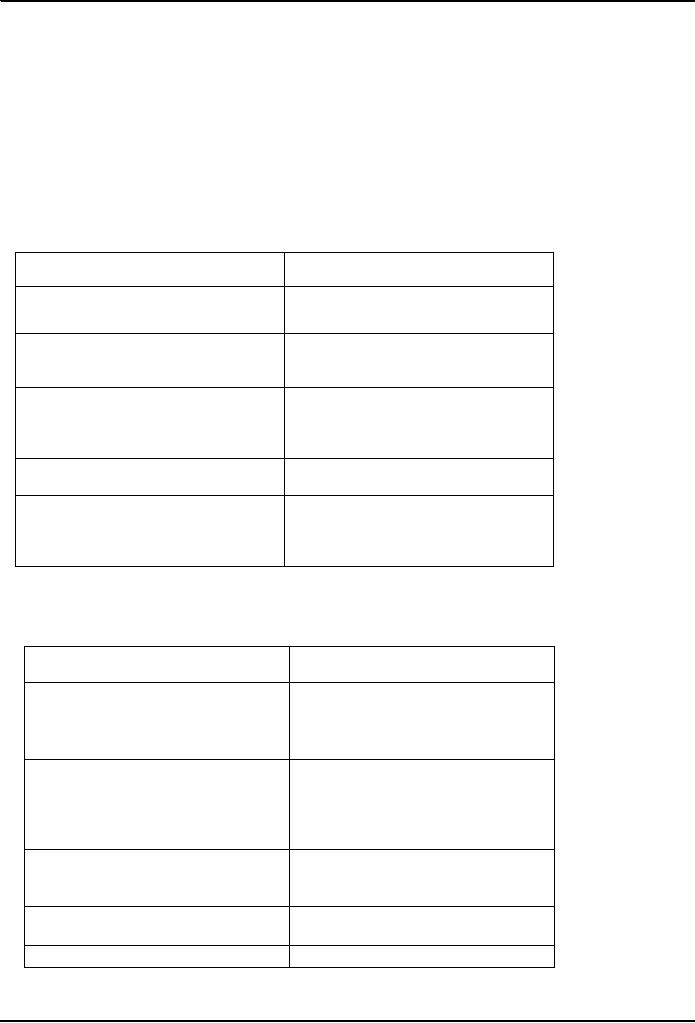
Conflict
Management HRM624
VU
Lesson
17
ASSESSING
THE CHARACTER OF THE CONFLICT
II
Quotations:
If
thou are a master, be some
time blind; if a servant, sometimes
deaf. Thomas
Fuller
(Turning
competition into cooperation)
"Problems
are only opportunities in
work clothes" .Unknown
You
are educated when you have
the ability to listen to almost anything
without losing your temper or
self-
confidence.
Robert
Frost
Features of
Cooperation and Competition while in
conflict
Features
of Cooperation while being
in
Features
of Competition while in
conflict
conflict
The
conflict is seen as a
joint
The
conflict is seen as a
contest,
problem
to be solved.
with
a winner and a
loser.
This is
characterized by open,
honest
It is
characterized by avoidance of
communication
of relevant
communication,
miscommunication,
information.
and
misleading communication.
Disputants
pool efforts to
gather
Disputants
duplicate efforts to
gather
information
because they mistrust
one
information
(efficient in time,
money).
another's
effort (inefficient in
time,
money).
Disputants
try to obstruct one
Disputants
try to help one
another.
another.
It
generates feelings of
friendliness;
It
generates feelings of
enmity,
disputants
tend to see one
another's
hostility;
disputants tend to
ignore
one
another's similarities and
focus
similarities
and not see
differences.
on
differences.
Features of
Cooperation and Competition while in
conflict
Features
of Cooperation while being
in
Features
of Competition while in
conflict
conflict
The
dispute tends to be contained
in
Meta-conflicts
and beliefs about
the
hostile
intentions of the
other
size
and tends not to
spread.
disputant
cause original conflict to
spread
and escalate.
One
disputant's suggestions
for
One
disputant's suggestions
for
resolving
dispute are welcomed
and
resolving
dispute are mistrusted
by
the
other and are seen as a
devious
respected
be other disputant.
effort
to gain the upper
hand
(reactive
devaluation).
Cooperating
with the other gives
an
Cooperating
with the other feels
like
losing
face and is psychologically
ego
boost.
intolerable.
"Defeating
the enemy" becomes
more
Disputants
tend to be task-oriented.
important
than staying on
task.
Total
productivity is maximized.
Total
productivity is impaired.
62
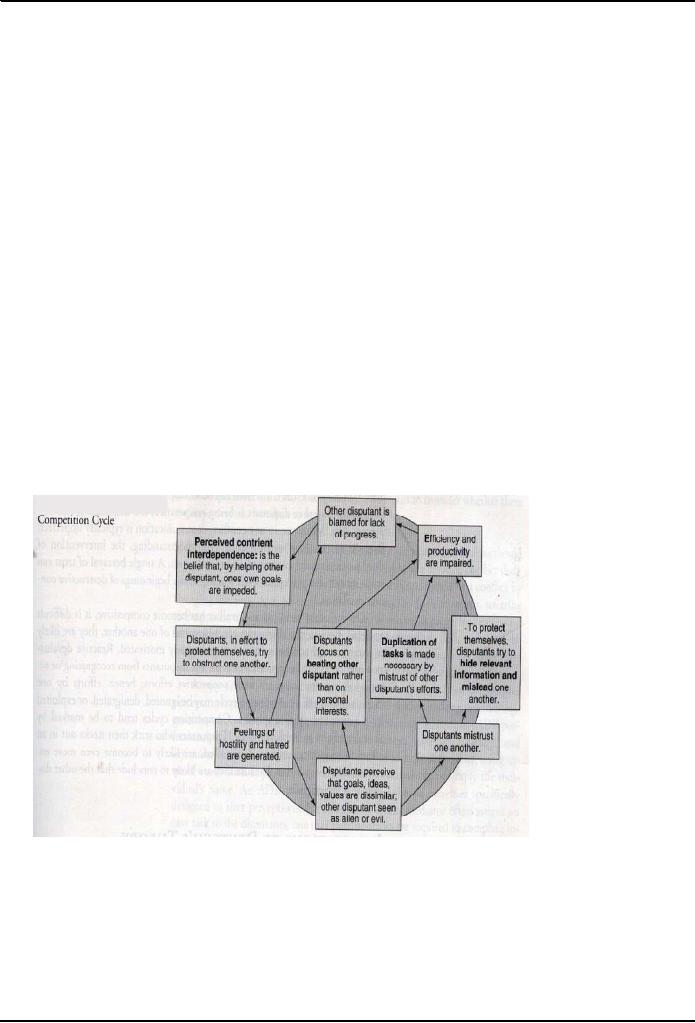
Conflict
Management HRM624
VU
Cooperation
constructive, competition
destructive
Deutsch's
second major premise is that cooperation
tends to be constructive, whereas
competition tends to
be
destructive. The many benefits of
using cooperation, rather than
competition, to resolve conflict
follow
directly
from the ten major features of cooperation
and competition.
Premise
3:
Deutsch's
Crude Axioms
Cooperation
begets cooperation and competition
begets competition. A disputant's
perception regarding
whether the
conflict is cooperative or competitive will
produce conduct that tends to reinforce
this
perception. In the
other words, cooperation and
competition tends to be self
fulfilling prophecies.
This
premise
is referred to as "Deutsch's crude axiom".
You will recall that
one recurring theme in
conflict
diagnosis
is that conflict participants who
are unable to read the minds
of other participants, tend to
use the
conflict
itself as a source of information about
their motivations. It is worth
noting that, the more objective
information
about the conflict is possessed by each
disputant, the less the disputant is likely to be
swayed by
the other's
behavior in the conflict.
Basic
idea: If a disputant
thinks of a conflict as cooperative, it
will tend to become more
cooperative, and
if a disputant
thinks of a conflict as competitive, it
will become more
competitive.
Reason:
a
disputant who thinks his or
her interdependence with the
other disputant is promotive will
tend
to try
to help the other in an act of
self-aggrandizement, actually creating
more promotive
interdependence.
But a
disputant who thinks the interdependence
is contrient will avoid
promoting the interests of the
other
disputant
out of a desire to protect
him or herself, thus
increasing the contrience of the
interdependence.
Competition
Cycle
Competition
cycle
shows the
internal
dynamism.
The
understanding
of
this
dynamism
can be
used to
transform
competitive
conflict
into
cooperative
conflict.
63
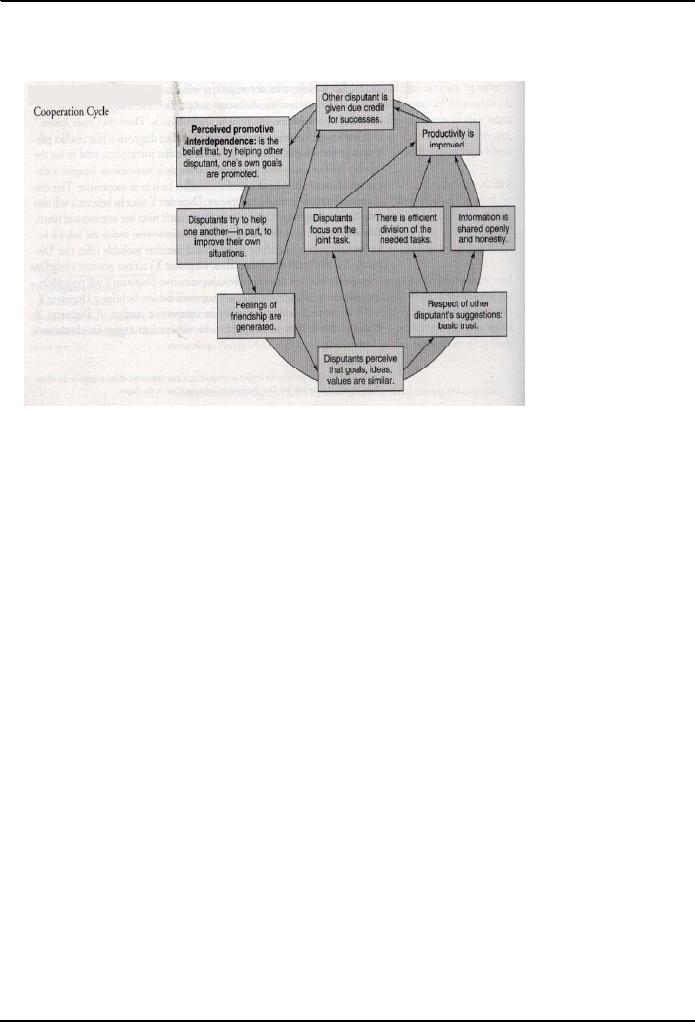
Conflict
Management HRM624
VU
Coooperation
Cycle
The
understanding
of
internal
dynamics
of
cooperative
conflict
can lead
to reap
promotive
benefits
of conflict.
The
peaceful
nature of
conflict
assures
good
quality of life
to the
participants
of the
conflict.
However,
some
individuals
enjoy
competition
and
conflict.
Premise
4: It is easier to move from
cooperation to competition than vice
versa
Deutsch
final premise about cooperation
and competition is that cooperation is
relatively fragile. People
never
have perfect knowledge about one another,
and, in their fear and
suspicion, they tend to set in
motion
protective
actions that promote
competition.
Techniques
to transform competitive conflict into
cooperative
Here
are some of the methods and
techniques to transform competitive
conflict into cooperative
conflict.
1.
Choose Language with
Care
2.
Assign Joint Tasks
3.
Expand the Pipe
4.
Establish ground rules for
civility in communication.
5.
Create or focus on a common
enemy
6.
Point out areas of
agreement
7.
Focus blame away from the
disputant and towards
process
8.
Prepare "the case"
9. Use
trust building exercises
10.
Set up structure to create
sharing of information
64
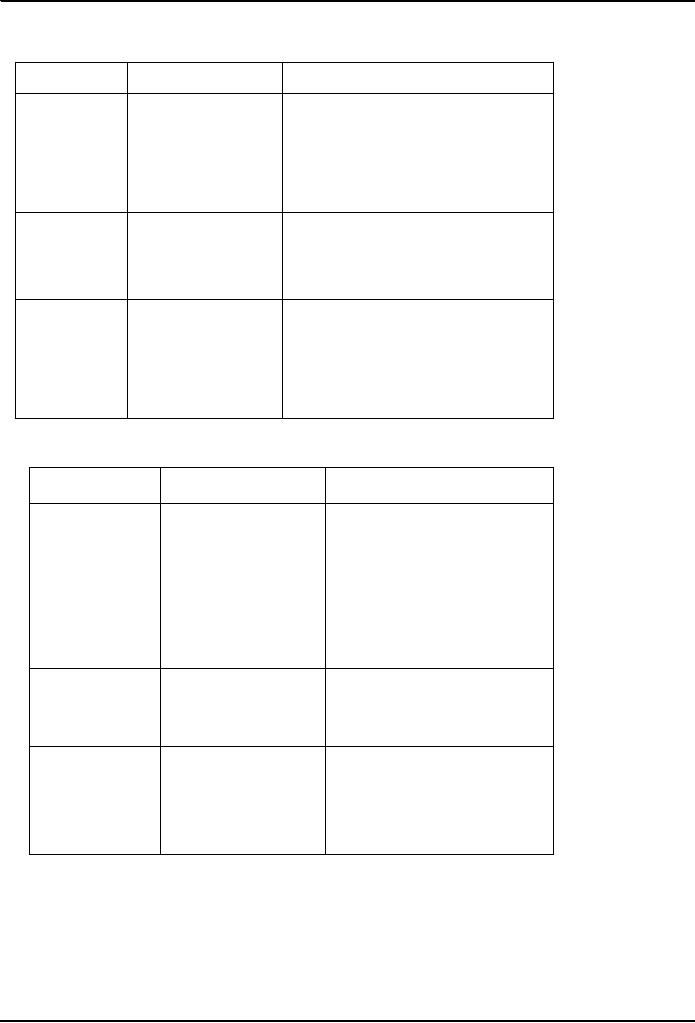
Conflict
Management HRM624
VU
Transforming
Competitive Conflict into
cooperative conflict
TECHNIQUE
STEPS
IN COMPETITIVE
EXAMPLE
CYCLE
AFFECTED
Choose
Perception
of Contrient
Instead of
calling the disputants
"opponents"
Language
with
call
them "Saleem" and "Naila".
Instead of
Interdependence
referring
to the conflict as "dispute",
refer to
Care
it as "
the problem we need to
solve". Instead
of asking
disputants to " state their
positions"
ask
them to " talk
about their goals for
the
process"
Business
partner disputing over
appropriate
Perception
of Contrient
Assign
Joint
assignment
of the venture's profits
are
Interdependence
and
Tasks
assigned
to interview jointly a CPA to
learn
perception
of
some
steps they can take to
increase
overall
inefficiency
into conflict
profitability.
resolution
Perception
of Contrient
Spouses
disputing over a property
settlement
Expand
the Pipe
are
encouraged to characterize
a payment
Interdependence
as
alimony- the
wealthier spouse receives a
tax
deduction bigger than the
tax the other
spouse
will have to pay on the
amount
received.
The overall benefit is
allocated
between
the spouses, so both are
better off.
Transforming
Competitive Conflict into
cooperative conflict
TECHNIQUE
STEPS
IN COMPETITIVE
EXAMPLE
CYCLE
AFFECTED
An
ADR neutral requires each
disputants
Perception
of enmity between
Establish
ground rules
to
refrain form "bad-
mouthing" the
disputants.
for
civility in
other
and take the time to
guide each
communication.
Perception
of enmity;
disputant
in using the
complimentary,
Create
or focus on a
hostility;
perception of
polite
discourse.
common
enemy
contrient
interdependence
In a
custody dispute, the
parent's advocate
reframe
the issue into problem of
how
the
parents can convince a
mother-in-
law
who
has created friction in the
past of
the
merits of a proposed parenting
plan.
Point
out areas of
Perception
of difference in
The
disputant's advocate make
sure to
agreement
values
and principles
comment,
"so,
you agree about
that",
each
time the disputant
mention
something
that already has been
resolved.
In
response to disputant's complaint
about
Perception
that other
Focus
blame away
the
other disputant's not
complying with a
disputant
is at fault for failure
from
the disputant and
prior
agreement, counsel says, "so
those
to
progress in a conflict
towards
process
arrangement
didn't work for you. Let's
work on
making some new,
more
effective
and workable
arrangements"
65
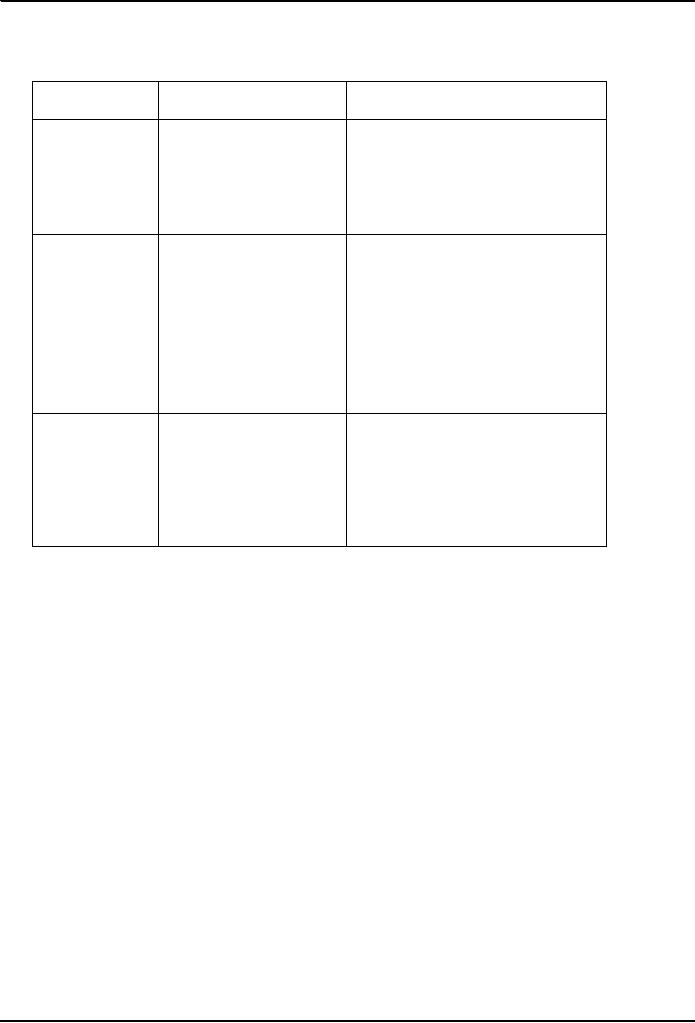
Conflict
Management HRM624
VU
Transforming
Competitive Conflict into
cooperative conflict
STEPS
IN COMPETITIVE CYCLE
TECHNIQUE
EXAMPLE
AFFECTED
Minimization
of the impact The disputants
is encouraged to get
all
Prepare
"the
of
Deutsch's Crude Axiom
the information he or she
can about the
case"
factual
and legal aspects of the
dispute
and
to perform in-depth
conflict
diagnosis
Disputants
are encouraged to
Use
trust
Lack
of trust between
confirm
the accuracy of one
building
exercises disputants
another's
statement. The
ADR
professional
gently guides the
suspicious
disputant into realizing
that
the
other disputant has, in
fact, been
behaving
as the disputant would
have
believed
in the same thing
The
mediator requires the
sharing of
Set up
structure to Tendency to
mislead
information
to both the disputants.
The
create
sharing of
mediator
ask each disputant to back
up
information
claims
about expenditures with
receipts
and
other documentation.
66
Table of Contents:
- INTRODUCTION TO CONFLICT:Dispute, Legal Dispute, Call the police
- DISPUTE RESOLUTION 1:Positive affect in Negotiation, Alternative Dispute Resolution
- DISPUTE RESOLUTION II:Adjudication, Litigation, Mediation-Arbitration
- PRECONCEPTIONS ABOUT CONFLICT I:Pedagogical development, Pressures against Innovation
- PRECONCEPTIONS ABOUT CONFLICT II:Cultural beliefs about interpersonal conflict, Why strategies of change fail
- CONFLICT DIAGNOSIS:Who Needs to Know About Conflict Diagnosis?, Steps in Conflict Diagnosis
- RECURRENT THEMES IN CONFLICT DIAGNOSIS I:The Seven Steps of Social Behavior, Seven steps to diagnose conflict
- RECURRENT THEMES IN CONFLICT DIAGNOSIS II:Themes of Conflict Diagnosis
- DESCRIBING THE CONFLICT I:Description of Conflict, Identifying Interpersonal Conflict
- DESCRIBING THE CONFLICT II:Step 1 for Conflict Diagnosis, interpersonal or intrapersonal
- SOURCES AND CAUSES OF CONFLICT I:Main Sources of Conflict, Discussing major sources of conflict
- SOURCES AND CAUSES OF CONFLICT II
- INTEREST ANALYSIS I:Analyzing your interests, Analyzing the other disputant’s interests
- INTEREST ANALYSIS II:What are interests?, Tips for Interest Trees
- INTEREST ANALYSIS II:Principles and values, Basic Human Needs
- ASSESSING THE CHARACTER OF THE CONFLICT I, Premises of Deutsch’s Theory
- ASSESSING THE CHARACTER OF THE CONFLICT II:Techniques to transform competitive conflict into cooperative
- TRUST AND ITS SIGNIFICANCE I:What is Mistrust,Trust and business,Three levels of trust
- TRUST AND ITS SIGNIFICANCE II:Advantages of high trust level, Building of trust
- ASSESSING IMPEDIMENTS TO RESOLVE THE CONFLICT I:Motivation to seek vengeance, Mistrust
- ASSESSING THE IMPEDIMENTS TO RESOLVING THE CONFLICT II:Disempowered Disputant, Unpleasant Disputant
- ASSESSING THE NEGOTIATING STYLE I:Dual Concern Model, Dominating or competition style
- ASSESSING THE NEGOTIATING STYLE:Dual Concern Model, Tactics Used In Integrating
- ASSESSING POWER AMONG DISPUTANTS:Conflict and Power, Kinds of power in the Relationship Domain
- ASSESSING POWER AMONG DISPUTANTS II:Sources of Relationship Power, Context and Power
- POWER, CONFLICT, AND BATNA III:Role of Third Party in BATNA, Dealing with Power Imbalance
- STEREOTYPES, DIVERSITY, AND CONFLICT I:Stereotyping, Stereotyping in Interpersonal Conflict
- STEREOTYPES, DIVERSITY, AND CONFLICT:Categories of Diversity Issues, Seven Mental Processes to Prove Stereotypes
- STEREOTYPES, DIVERSITY AND CONFLICT III:Individual Difference and Social Category, Cultural differences in values
- MEDIATION I:When is mediation required, Processes Related to Mediation, Product of Mediation
- MEDIATION II:Important distinguishing factors, More Advantages and Disadvantages of Pure Mediation
- ADVANTAGES AND DISADVANTAGES OF MEDIATION I:Efficiency Consideration, Conflict Management and Prevention
- ADVANTAGES AND DISADVANTAGES OF MEDIATION II:Quality of Consent, Effects on the parties to mediation
- PROCESS OF MEDIATION:Stages of Mediation, Facilitative tactics in mediation
- LAW AND ETHICS OF MEDIATION I:Characteristics of mediation, Confidentiality
- LAW AND ETHICS OF MEDIATION II:Role of ethics in mediation, 8 Dimensions of Ethics in Mediation
- ARBITRATION I:Ways to Resolve Conflict, Advantages of Arbitration, Disadvantages of Arbitration
- ARBITRATION II:Varieties of Arbitration, Process of Arbitration, Contents of Arbitration Act
- NON BINDING EVALUATION:Disadvantage, Varieties of Non-binding Evaluation
- NON BINDING EVALUATION II:Varieties of Non-binding Evaluation, Advantages and disadvantages of Non-binding Evaluation
- MIXED AND MULTIMODAL DISPUTE RESOLUTION:Six System Design Principles, Extensions of Dispute Systems Design
- POWER TOOLS AND MAGIC KEYS I:Introduction, Necessity of conflict diagnosis, Using conflict diagnosis
- POWER TOOLS AND MAGIC KEYS II:Proposed Contents of a Clients’ Interview, Impediments to use facilitative mediation
- PANCHAYAT, LOCAL GOVERNMENT SYSTEM, AND ADR, Definitions of Panchayat, Definition of Jirga
- SUMMARY AND MESSAGE OF THE COURSE:Definitions of conflict, Negotiation, Meditation, Adjudication